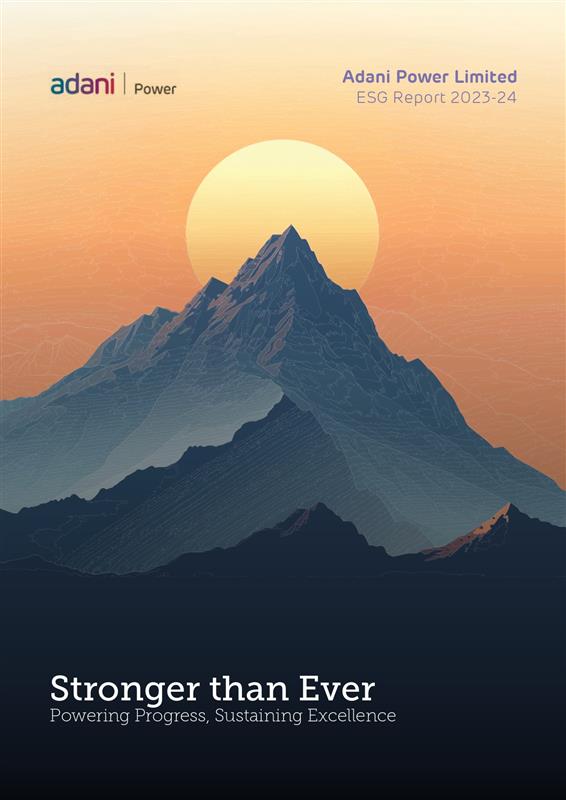We were the first in India to commission supercritical boilers, which save about 2% of fuel per unit of power generated and help in subsequent reduction in GHGs per unit. In the future, we are considering utilising ultra-supercritical units for upcoming TPPs to further reduce specific GHG emission. Till date, we have commissioned 7,920 MW (12 units of 660 MW each) of power plants based on supercritical technology. To adapt to the increase in water temperatures due to climate change in the future, all our thermal power plants are equipped with induced draft cooling towers with a re-circulation system.
This will help in maintaining the desired temperature difference across the condenser and maintain plant efficiency over time. To combat any increase in air temperature, all our power plants that are located in tropical climatic zones are designed to perform under extreme temperatures.
Changes in the precipitation rates may affect water availability in our hinterland power plants at Tiroda and Kawai. To mitigate the risk of reduced water availability, we have implemented suitable water conservation and recycling practices, including rainwater harvesting and increasing the green belt cover.
Extreme weather events such as strong and frequent storms can adversely affect the supply of fuel and damage generation and grid infrastructure. To combat these aspects, we have designed and built all power plants and infrastructure to withstand cyclones of up to 198 kmph.
With respect to the rising sea levels and cyclonic surges due to global warming, the finished floor level of the Mundra power plant has been raised to 10 m above the Chart Datum (CD), the lowest astronomical tides and mean low water, whereas the highest high tide recorded is 5.4 m above the CD.
For hinterland power plants, based on the findings of source sustainability studies, the financial impact has been calculated considering the loss of power generation in the case of non-availability of water in any year due to very less rainfall. To address this risk, we have created enough water storage capacity at our Tiroda and Kawai power plants.
We regularly calculate and monitor emissions generated from our power-generation process. We do not use any biogenic fuels and therefore, there are no biogenic emissions.







